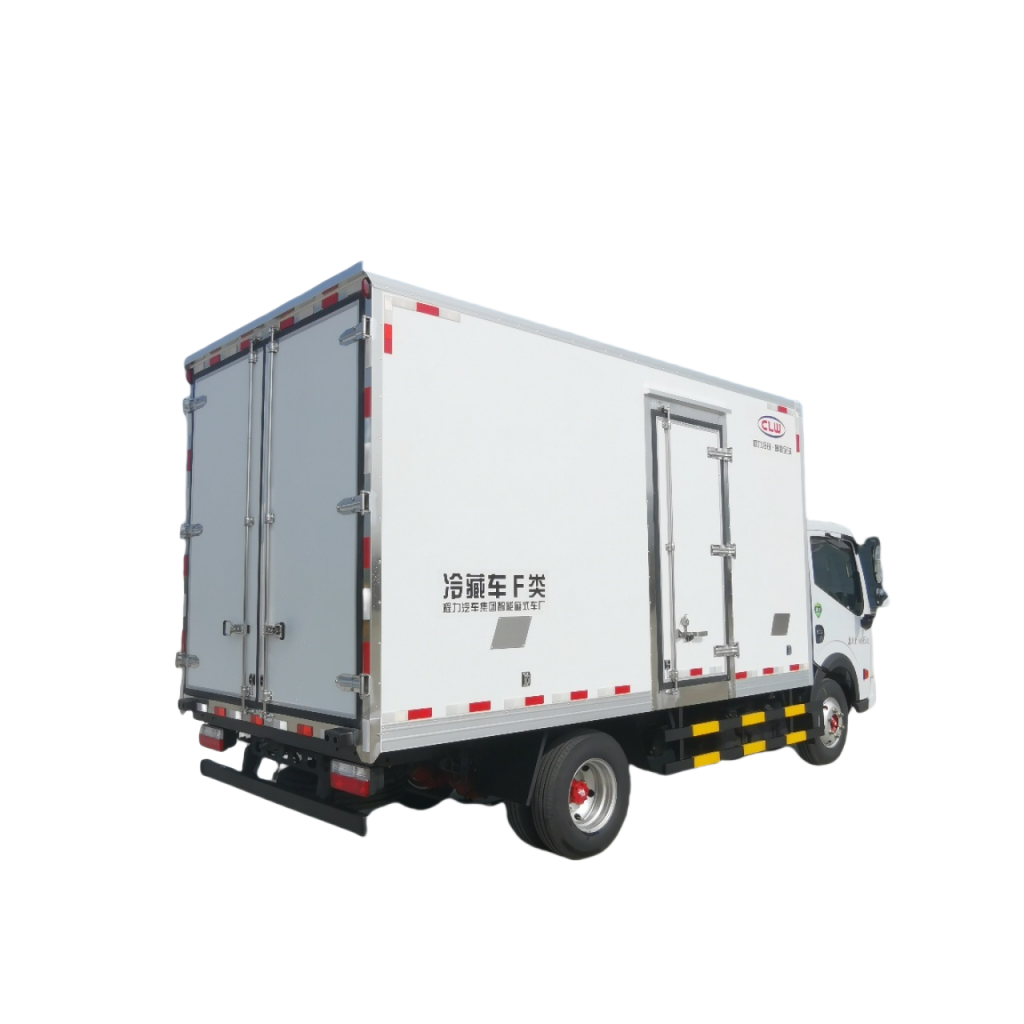Introduction
Truck-mounted cranes are essential tools in various industries, providing efficient lifting and transportation capabilities. However, one of the key considerations when using these cranes is the noise they generate during operation. Excessive noise levels can not only be a nuisance to workers and nearby residents but also pose potential health and safety risks. In this article, we will delve into the topic of truck-mounted crane noise levels, exploring the sources of noise, regulations governing noise exposure, and strategies for managing and mitigating noise in the workplace.
Understanding Truck-Mounted Crane Noise
Truck-mounted cranes are equipped with powerful hydraulic systems that enable them to lift and maneuver heavy loads. The operation of these cranes involves various components that can contribute to noise generation, including the engine, hydraulic pumps, winches, and the movement of the crane itself. The sound produced by a truck-mounted crane can vary in intensity and frequency depending on factors such as the crane's size, design, and operating conditions.
mechanical sweeper truck and Health Impacts
Exposure to high levels of noise generated by truck-mounted cranes can have detrimental effects on human health. Prolonged exposure to loud noise can lead to hearing loss, stress, sleep disturbances, and other health issues. Workers who operate or work in close proximity to truck-mounted cranes are particularly at risk of experiencing noise-induced hearing loss and other adverse health effects. It is essential for employers to assess and manage noise levels in the workplace to protect the health and safety of their workers.
Regulations and Standards
To address the potential risks associated with noise exposure in the workplace, regulatory agencies have established standards and guidelines for acceptable noise levels. In many countries, including the United States and European Union, occupational safety and health administrations have set specific limits on noise exposure levels to protect workers from hearing damage. Employers are required to implement measures to control and reduce noise levels in compliance with these regulations.
Managing and Mitigating Noise

There are several strategies that employers can employ to manage and mitigate noise generated by truck-mounted cranes in the workplace. These include:
1. Engineering Controls: Implementing engineering controls to reduce noise at the source is the most effective way to mitigate noise exposure. This can include using quieter equipment, installing sound barriers, and maintaining equipment to minimize noise emissions.
2. Administrative Controls: Implementing administrative controls such as limiting the duration of exposure to noisy environments, providing hearing protection, and conducting regular noise monitoring can help reduce the risk of noise-induced hearing loss.
3. Personal Protective Equipment (PPE): Providing workers with appropriate PPE, such as earplugs or earmuffs, is essential in environments where noise levels cannot be sufficiently controlled through other means. Employers should ensure that workers are trained in the proper use of PPE to maximize its effectiveness.
4. Maintenance and Inspection: Regular maintenance and inspection of truck-mounted cranes are crucial to ensure that they operate efficiently and quietly. Loose or worn components can increase noise levels and pose safety hazards, so it is important to address maintenance issues promptly.
Case Studies
To illustrate the importance of managing noise levels in the workplace, we present two case studies involving truck-mounted crane operations:
Case Study 1: A construction company in a busy urban area was using truck-mounted cranes to lift materials on a construction site. The noise generated by the cranes was causing complaints from nearby residents and workers were reporting symptoms of hearing loss. The company implemented soundproof barriers around the crane operation area, conducted noise monitoring, and provided workers with hearing protection. These measures helped reduce noise levels and protect the health of workers and the community.
Case Study 2: A logistics company operating a fleet of truck-mounted cranes in a warehouse facility found that noise levels were exceeding regulatory limits. The company invested in upgrading its crane fleet with newer, quieter models and implemented a maintenance program to ensure that the cranes were operating at optimal efficiency. These measures not only reduced noise levels but also improved worker morale and productivity.
Conclusion
Truck-mounted cranes play a vital role in various industries, but their operation can result in significant noise levels that pose health and safety risks to workers. Understanding the sources of noise, complying with regulations, and implementing effective noise management strategies are essential for protecting the well-being of workers and minimizing the impact of crane noise on the surrounding environment. By prioritizing noise control measures, employers can create a safer and more comfortable working environment for their employees while also promoting operational efficiency and compliance with regulatory requirements.
